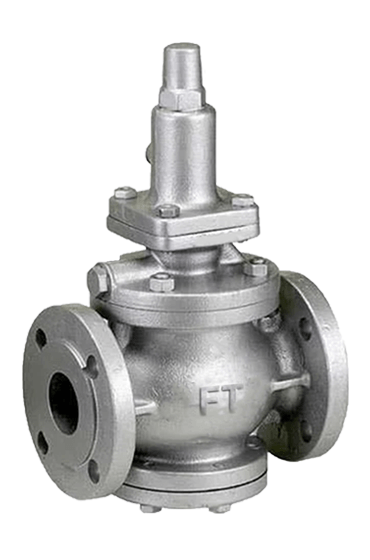Pressure Reducing Valves (PRVs) play a pivotal role in maintaining optimal pressure levels within fluid systems, ensuring efficiency and safety. This article delves into the intricacies of Pressure Reducing Valves, exploring their functionality, applications, and the benefits they bring to diverse industries.
Understanding Pressure Reducing Valves:
Definition and purpose: An overview of what Pressure Reducing Valves are and their primary function in controlling and stabilizing fluid pressure.
Components and mechanisms: A breakdown of the key components and internal mechanisms that enable PRVs to regulate pressure.
The Importance of Pressure Regulation:
Significance in industrial applications: Explore how precise pressure control is critical in various industries, such as manufacturing, water distribution, and oil and gas.
How Pressure Reducing Valves Work:
Pressure reduction process: An in-depth explanation of the step-by-step process through which PRVs lower and stabilize pressure.
Pilot-operated vs. direct-acting PRVs: Highlighting the differences between these two common types of Pressure Reducing Valves.
Applications Across Industries:
Water supply systems: Discuss the role of PRVs in maintaining consistent water pressure for residential, commercial, and municipal applications.
Steam systems: Explore how PRVs are crucial in steam-based applications, preventing damage to equipment and ensuring safety.
Process industries: Illustrate how Pressure Reducing Valves contribute to efficient operations in manufacturing and processing plants.
Benefits of Pressure Reducing Valves:
Energy efficiency: Explain how using PRVs optimizes energy consumption by reducing pressure to the necessary levels.
Equipment protection: Discuss the role of PRVs in safeguarding downstream equipment from damage caused by excessive pressure.
Installation and Maintenance Tips:
Proper installation practices: Provide guidelines for the correct installation of Pressure Reducing Valves to maximize their effectiveness.
Routine maintenance: Highlight the importance of regular inspections and maintenance to ensure the longevity and reliability of PRVs.
Challenges and Solutions:
Common issues: Identify potential challenges faced with Pressure Reducing Valves, such as leaks or malfunctions.
Troubleshooting tips: Offer solutions and tips for addressing common PRV-related problems.
Emerging Technologies and Innovations:
Smart PRVs: Explore advancements in Pressure Reducing Valve technology, including smart valves that integrate with digital monitoring systems.
Conclusion:In conclusion, Pressure Reducing Valves are indispensable components in fluid systems, contributing to the efficiency, safety, and longevity of equipment. Understanding their operation, applications, and proper maintenance is crucial for industries that rely on precise pressure control. As technology continues to advance, we can anticipate even more sophisticated solutions in the realm of pressure regulation.

No comments:
Post a Comment